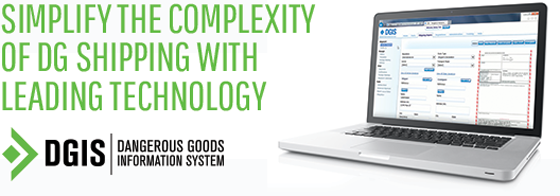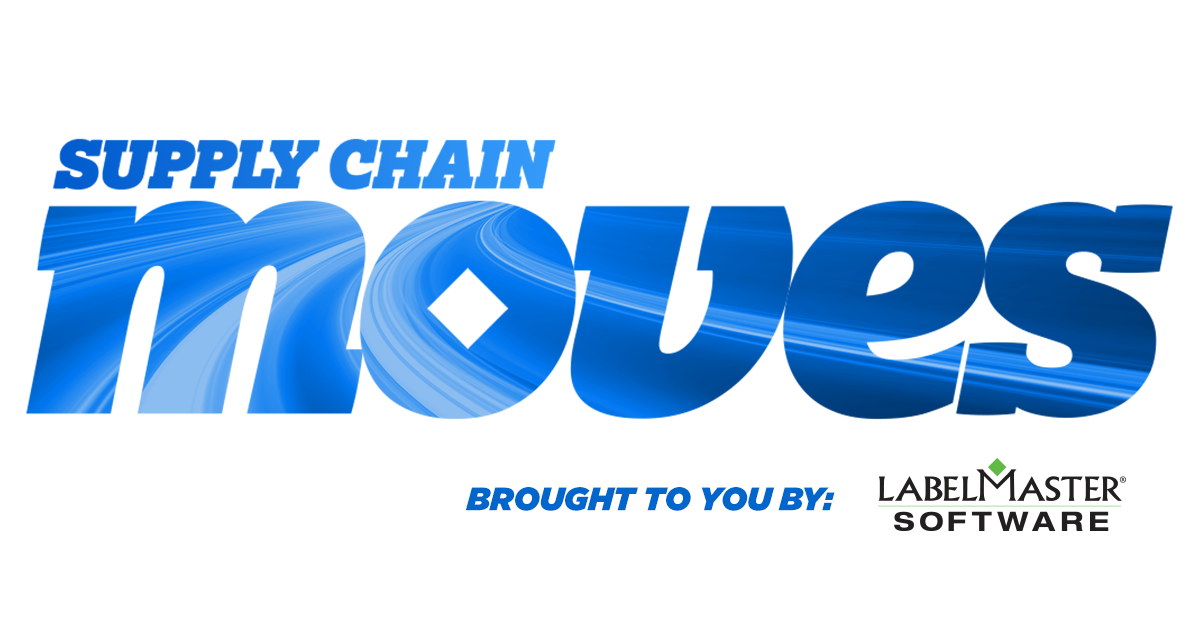

Week of June 17, 2019
Linking technology news with Dangerous Goods compliance
Companies today are investing heavily in technology. But how those investment decisions are made can vary based on cost, ROI and more. Organizations shipping dangerous goods need to make compliance and risk mitigation key considerations.
To help companies keep a pulse on technology trends impacting business and the movement of dangerous goods throughout the supply chain, Labelmaster has launched “Supply Chain Moves,” a weekly report linking the latest technology news to dangerous goods compliance.
Let’s examine the recent supply chain technology and industry news.
TECHNOLOGY
- How to Maximize WMS to Its Fullest Potential: Utilizing your ERP system with integrated WMS functionality to its fullest potential is imperative to a manufacturing company’s success and is fostered early in the implementation of these business management tools.
- 5 Things Operations Managers Must Know About Opportunity Cost: Risk and working capital often drive decisions in the supply chain, putting operations managers in a position to weigh one option against another.
- 3 Ways a Modern ERP System Helps Deliver a Winning Customer Experience: Like the engine of a vehicle, modern, cloud-based ERP systems are required to propel the business forward.
- The Most Important Supply Chain Software That You Don’t Know Much About: Distributed order management systems have proven to be essential for conducting omni-channel fulfillment, but many supply chain managers still do not know the full range of applications that the software can provide.
- Is ERP Holding You Back From Innovation?: Even with new cloud versions available, ERPs are highly customized, costly and complex. However, with today’s innovations being all about data, the days of ERP dependence should be over and “DRP” should be the next thing.
3PL TECH
- Key Takeaways From Stifel’s 3PL Call With Armstrong & Associates: Technology is making logistics providers more productive, but is also changing the balance of power
- Shoddy Freight Visibility is No Longer an Option: Freight visibility is no longer considered a premium benefit the best brokers offer its shippers but is simply an expectation that most brokers struggle to meet.
- Q&A: DHL Express U.S. CEO Greg Hewitt: DHL Express U.S. CEO Greg Hewitt discusses DHL’s growth in the U.S. and globally, the evolution of shipping and logistics trends.
Technology & Dangerous Goods Compliance
Companies invest in areas they believe will grow their business profitably. But cost shouldn’t be the only driver. As Deborah Abrams Kaplan outlined in her recent article for Supply Chain Dive, “Risk and working capital often drive decisions in the supply chain, putting operations managers in a position to weigh one option against another.”
Kaplan examines the concept of “opportunity cost” – the idea of trading one thing for another, and hoping to get more benefit from the chosen action. Funda Sahin PhD, associate professor of supply chain management at University of Houston, recommends making opportunity cost decisions with a long-term perspective. She states, “Measuring risk is not just about profits, but weighing the potential benefits of using resources one way in the event worst-case scenarios and supply chain disruptions happen.”
Sahin cites insurance policies as a risk management aspect of opportunity cost, adding, “Funds spent on insurance could be used elsewhere. But if something bad happens, the outcome could be devastating.”
Dangerous goods (DG) compliance is another perfect example. The risk associated with shipping and handling DG is greater than ever and industry professionals responsible for managing it need the proper technology, training and regulatory access to ensure they are moving goods in a secure, safe, compliant and efficient manner. Unfortunately, an organization’s attitude towards compliance often does not reflect its true value – often resulting in inadequate infrastructure and training.
To help ensure they are adequately investing in compliance resources, companies need to understand the true impact compliance has on an organization and how a forward-thinking hazmat shipping function can in fact drive business growth. They also need to understand the real risk their organizations face by not making compliance a priority, beyond just a fine.
Are you making compliance a consideration for your company’s technology investment decisions?
To learn more about the impact compliance can have on your business, visit https://www.labelmaster.com/TVC.

Labelmaster’s Dangerous Goods Information System (DGIS) is the leading SaaS solution to help companies more efficiently and accurately manage their Dangerous Goods shipments. DGIS validates your Dangerous Goods shipment data against the latest regulations, ensuring a more efficient supply chain and reducing friction found in Dangerous Goods shipments. DGIS is a certified partner/validation solution with ERP, transportation and warehouse management systems.

